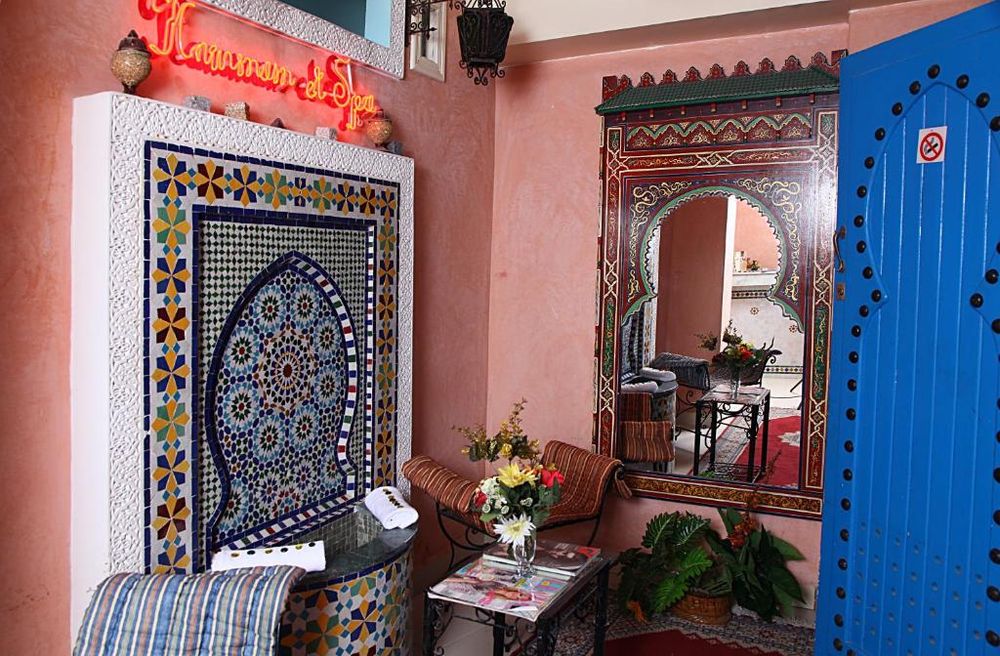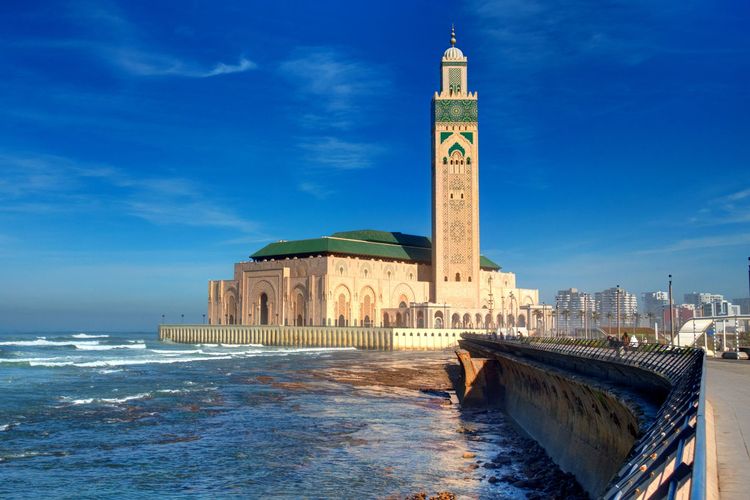Nobody knows exactly when the medina came into being: traces can be found in ancient texts mentioning Anfa (the former name of Casablanca) between 900 and 1500, so it's safe to assume that the city's first foundations go back a long way. In November 1755, its destiny was turned upside down: Lisbon was hit by a terrible earthquake that destroyed almost the entire city (remember: Rousseau wrote about it in "Candide"!). North Africa was not spared, given its geographical proximity. Half of Anfa was destroyed, which is why the Sultan of Morocco, Mohammed Ben Abdallah, undertook major works in the 18th century and decided to rename the city Dar El Beïda, which translates as "the White House".
 Casablanca
Casablanca









